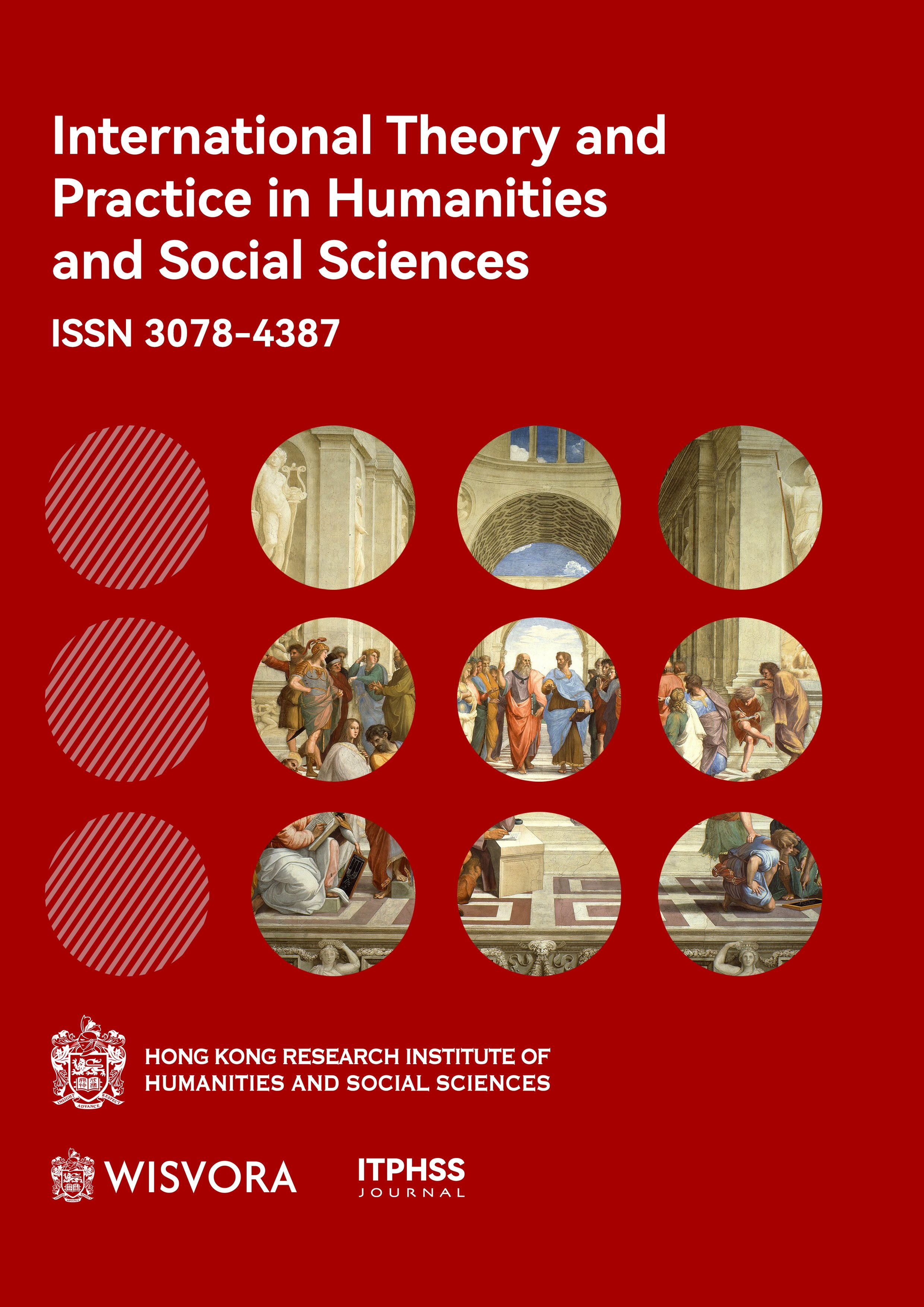Abstract
Nowadays, an increasing number of museums are focusing on multisensory experiences, incorporating non-visual senses (such as hearing, taste, touch, and smell) into the physical museum space. People engage with museums, receive information, and experience the world through their bodily senses. In this interactive experience, the visitor plays a crucial role, being both the subject of cognition and experience. What kind of museum experiences are generated within the bounds of the subject, and what kind of relationship is established with the museum as a result? This paper will discuss the unique experiences endowed to physical museums by multisensory perception, using specific cases as examples.
References
Mao Ruohan. Contextualized Interpretation of Museum Objects: Connotation, Goals, and Strategies [J]. Southeast Culture, 2021 (01): 153-160
Mao Ruohan. WEAVING THE WEB OF MEANING: Contextual Interpretation of Museum Objects [M]. Zhejiang University Press,2022
RENTZHOG S. Open Air Museums. The History and Future of a Visionary Idea[M]. Kristianstad: Jamtli F. rlag & Carlssons Bokf.rlag,2007.
Yan Jianqiang. Exhibition with Phenomenological Exhibitions as the Main Body: Background, Characteristics, and Methods - Taking the Science Center and the Museum of Intangible Cultural Heritage as Examples [J]. Natural Science Museum Research, 2020,5 (05): 30-39+94
Sherman W R, Craig A B. Understanding virtual reality: Interface, application, and design[M]. Morgan Kaufmann,2018 :61-62
Sun Jinlong. Multisensory experience triggered by synesthesia: a new trend in interactive design for museum displays [J]. Art Review,2022(08):146-148.
Yang Gongxia. Visual and Visual Environment [M]. Tongji University Press,2002
Lu Jianguo, Wu Xiuchen, Tang Guilan. Analysis of the Characteristics of Plant Landscape Construction in Nanjing Greenway [J]. Journal of Northwest Forestry University,2016,31(2):295-301.
Ge Jian, Zhao Xiumin, Shi Jianli. Analysis and Design of Sound Landscape in Urban Landscape [J]. Journal of Zhejiang University (Engineering Edition), 2004(08):61-66.
Tao Jie. Hearing Museum - Auditory Design of Modern Museums [J]. Chinese Museum,2022, (04):48-52.
Li Yukun, Liu Dasheng, Ren Cong, etc. Research progress in traditional Chinese medicine aromatherapy [J]. Chinese Medicine Emergency, 2020,29(1):178-181.
CANDLIN F. Don't touch! Hands off! Art, blindness and the conservation of expertise[J]. Body & Society 2004, 10(1).
BREWSYER S A. The impact of haptic ‘touching’ technology on cultural applications[C]. In JHEMSLEY, V CAPPELLINI and G STANKE. Digital Applications for Cultural Heritage Institutions. Aldershot, England: Ashgate, 2005.
CIOLFI L, BANNON L. Observing, analysing, designing: Towards enhanced interactive museum exhibits[C]. In T GALLWEY, T WALDMANN and L O’SULLIVAN. Irish Ergonomics Review. Proceedings, Irish Ergonomics Society Annual Conference, University of Limerick, 2002[2017-11-20].
MURRAY E. Monet as a Garden Artist[C]. In Monet: Late Paintings of Giverny from the Musée Marmottan. New Orleans, LA: New Orleans Museum of Art, 1994.
Wang Siyi. Multisensory Museology: Cognition and Communication of Embodiment and Museum Phenomena [D]. Zhejiang University,2019.
Weng Chunmeng, Wu Yaxin. Research on Museum Cultural and Creative Product Design Based on Five Senses Experience [J]. Design,2022,35(11):8-10.

This work is licensed under a Creative Commons Attribution-NonCommercial 4.0 International License.
Copyright (c) 2025 Kaiyi Fang (Author); Huiwen Xia, Changyu Diao (Co-Authors)

